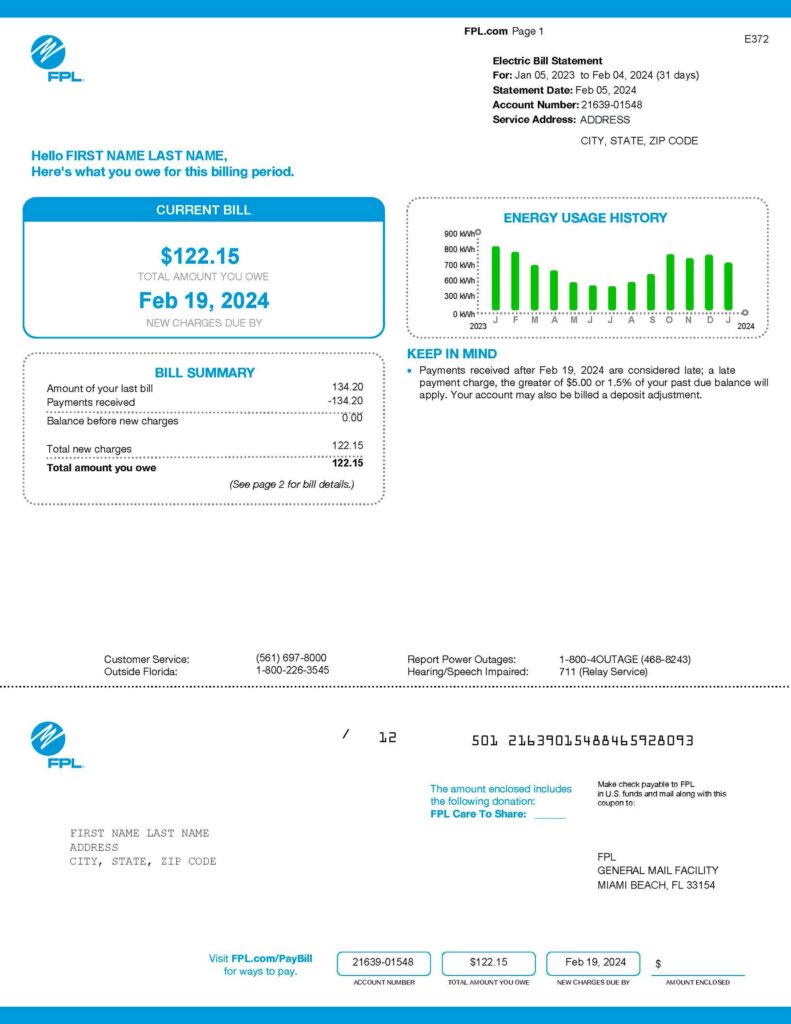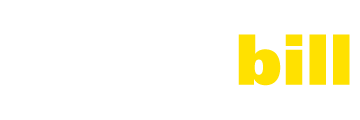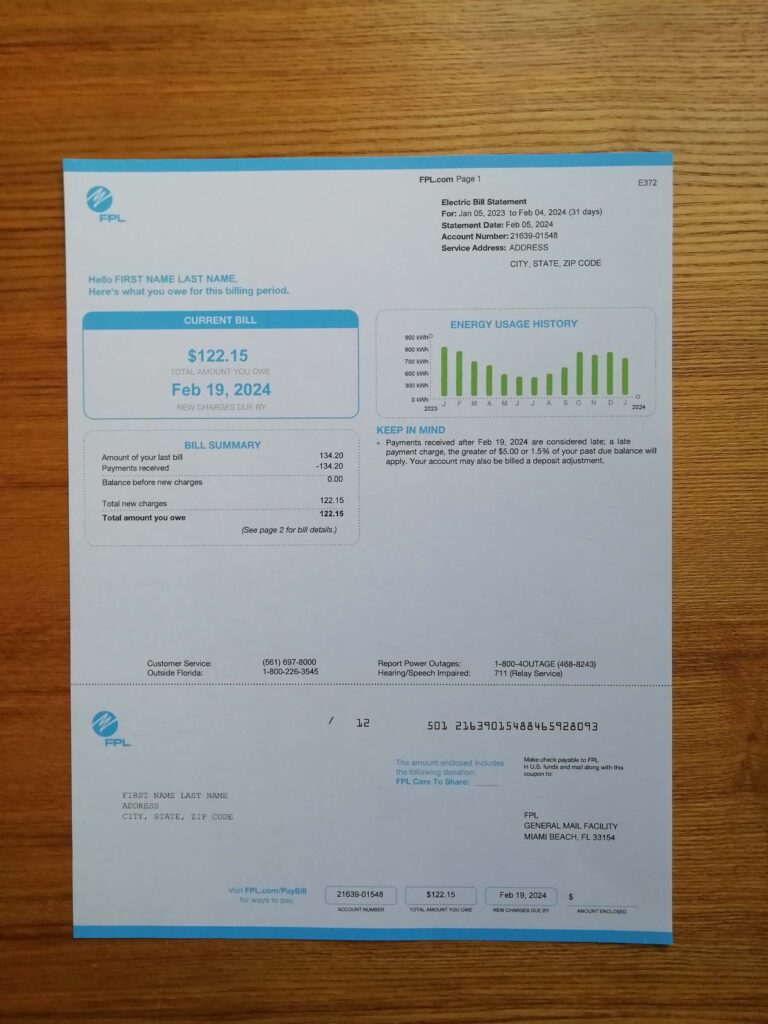
Case Study: What Happens When Students Get Real Bills in the Classroom?
What if budgeting was taught with actual utility bills?
That’s the question the team at LearningBridge, an educational nonprofit, asked when planning their financial literacy workshop for young adults. Rather than use spreadsheets and theory, they wanted participants to step into real-world roles — tenants, shop owners, parents — and manage actual-looking bills.
Their goal?
💡 Teach monthly budgeting through immersive, role-based simulation.
So, instead of showing them pie charts, they gave students customized electricity and water bills — complete with account numbers, usage data, billing periods, and even a few surprise late fees.
Real vs. Simulated: What’s the Difference?
| Feature | Generic Template | Brand-Utility.com Custom Bill |
| Layout | Basic or inconsistent | Accurate format with headers, logos, fields |
| Data | Static/fake | Editable: amount, dates, usage, notes |
| UX realism | Low | High — mimics real interaction points |
| Format | Often JPG | Delivered as editable PDF or layered PSD |
| Use-case flexibility | Limited | Adapted to role, region, and scenario |
💬 “Having a bill with my name and rent address made it feel real. I started budgeting like it was my money.” — Participant, 19
How It Worked: Roleplay in Action
The LearningBridge team used utility bills in 3 layers of the simulation:
- Real-Life Roles
Students were assigned characters: a single renter, a family of three, or a small shop owner with unstable cash flow.
- Document Packs
Each participant received a packet with:
- A water and electricity bill
- A lease agreement
- A mock pay stub
This allowed them to simulate entire household cashflow management.
- Decision Scenarios
Students had to:
- Prioritize which bill to pay first
- Predict seasonal utility costs
- Respond to late fees or disconnection notices
- Plan savings buffers
New Idea in Practice: Combining Documents
Instead of using bills alone, LearningBridge asked Brand-Utility.com to combine multiple document types into unified role-packs.
✅ Lease + Utility Bill + Pay Stub → created a 360° life simulation.
This multi-layered immersion created discussion, reflection, and practical learning outcomes that traditional formats never achieved.
UX Insights: Why Format Matters
Participants used both printed and digital versions of bills. The program coordinators noticed:
- PDFs were easier for annotation and planning
- PSD versions were reused for future workshops
- Students compared bills on mobile and tablet, simulating real user behavior
This led to a UX insight: Realistic layout trains students to process and prioritize info faster.
Mini Glossary: Teach the Terms
The workshop included a glossary so students could decode their bills:
| Term | Meaning |
| Billing Cycle | The period of usage covered in the statement |
| Due Date | When payment is expected |
| Total Usage | Consumption (kWh, gallons, etc.) during the billing cycle |
| Late Fee | Additional charge for overdue payment |
| Meter ID | Unique identifier for the utility account |
This built financial fluency from zero — using real-life context.
Results That Stick
After the session:
- 94% of participants said the bills helped them understand real-life budgeting
- 82% showed improved ability to balance expense priorities
- Teachers reported higher engagement, fewer distractions, and better retention
The simulation wasn’t just a lesson.
It was a first glimpse into adult life — safely simulated, but deeply real.
Want to Try It?
Explore editable roleplay-ready utility bill formats — tailor-made for schools, trainers & life-skill programs.
Final Takeaway
Custom utility bill templates turned a simple workshop into an immersive, memorable experience. LearningBridge didn’t just “teach budgeting” — they let students live it.
Brand-Utility.com supported the process by providing:
- Realistic layouts
- Custom scenarios
- Educational compliance
- Editable formats (PDF, PSD, layered)
Because sometimes, the best way to understand responsibility — is to hold it in your hands.

